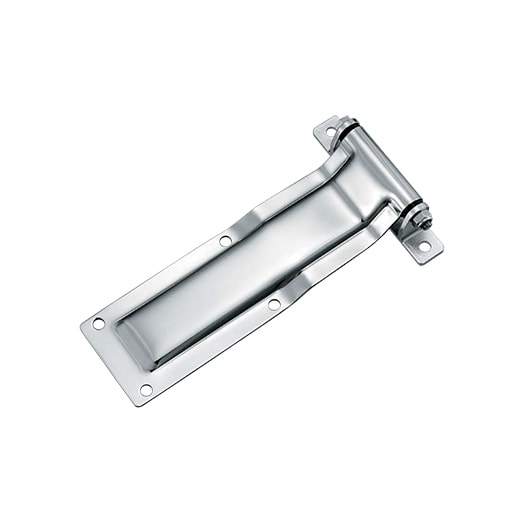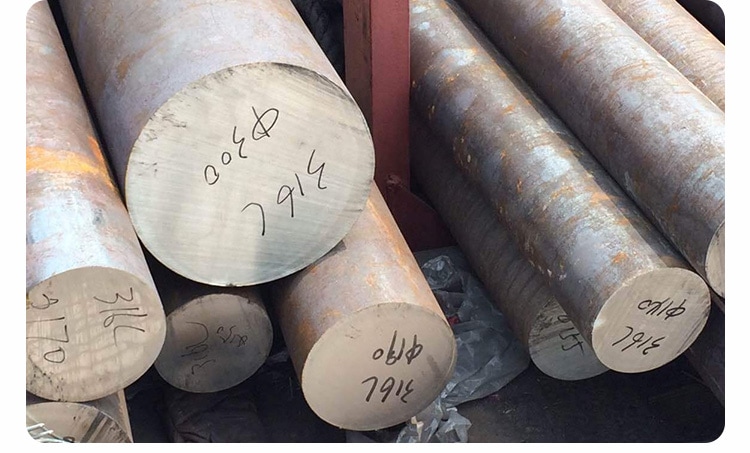In our relentless pursuit of progress, we find ourselves working with a plethora of materials. Among them, stainless steel stands out for its durability, strength, and resistance to corrosion, particularly in the industrial manufacturing sector. But it prompts us to wonder – can stainless steel truly resist rust in all forms, under all conditions?
The answer is nuanced. While all grades of stainless steel offer some level of corrosion resistance, certain grades are more resistant than others. In fact, some can almost completely resist rust under the right conditions.
Join us on this enlightening journey as we uncover the truth about stainless steel grades and their ability to resist rust. It’s time to lift the veil on this metallic mystery.

What Determines the Rust Resistance of Stainless Steel?
We often speak of stainless steel as a singular entity, but did you know there are over 150 grades? Each of these grades varies in its composition and consequently, its resistance to rust. But what elements play a part in this?
The primary element determining a grade’s rust resistance is chromium. When exposed to oxygen, chromium forms a thin, protective chromium oxide layer on the steel’s surface, which prevents the steel from coming into contact with corrosive elements.
In addition to chromium, other elements such as nickel and molybdenum enhance the steel’s rust resistance. Their presence can increase resistance to certain types of corrosion, such as pitting and crevice corrosion, common in industrial environments.
Which Stainless Steel Grades Are Highly Rust Resistant?
When it comes to resisting rust, some grades outperform others. Two grades particularly stand out in the industrial manufacturing sector – the 304 and the 316 grades. What sets them apart?
The 304 grade, containing 18% chromium and 8% nickel, is known for its excellent corrosion resistance under a wide range of conditions. This makes it a common choice in many industrial applications.
On the other hand, the 316 grade incorporates an additional element – molybdenum. This unique addition provides superior resistance to chloride corrosion, making the 316 grade highly suitable for marine or high-chloride industrial environments.

Are These Grades Completely Rust Proof?
The 304 and 316 grades of stainless steel offer impressive rust resistance, but does this make them completely rust-proof?
The short answer is no. While these grades are designed to resist rust, certain extreme conditions can still induce corrosion. For instance, continuous exposure to high temperatures can degrade the steel’s protective layer, leading to rusting.
Additionally, the presence of chloride ions, especially at high temperatures, can cause pitting and crevice corrosion even in these highly resistant grades. Hence, it’s crucial to consider the specific environmental conditions when selecting a grade for industrial manufacturing.
How Can We Maximize Rust Resistance?
While no grade of stainless steel is completely impervious to rust, we can take measures to maximize rust resistance. How do we achieve this?
Firstly, choosing the right grade for your specific environment and application is crucial. Understanding the corrosive elements present and the temperatures involved will guide the selection process.
Further, routine maintenance and cleaning are key. Regularly removing dust and other deposits using non-abrasive materials can prevent damaging the protective layer, reducing the risk of rusting.

Can Rusting Be Reversed in Stainless Steel?
Discovering rust on your stainless steel components isn’t the end. There are ways to remove corrosion and restore your components to their former glory. But how is this achieved?
Mechanical methods such as sanding, grinding, or wire brushing can remove surface rust effectively. Chemical methods, involving the use of solutions like phosphoric acid, can also be employed. However, these must be undertaken with care to avoid causing further damage.
Finally, post-cleaning, the application of a passivation solution can help restore the protective chromium oxide layer, providing a further line of defense against future rusting.
Conclusion
So, what grade of stainless steel doesn’t rust? In reality, while some grades, like the 304 and 316, offer high rust resistance, no grade is completely rust-proof. However, by understanding the factors influencing rusting and taking preventative measures, we can maximize the rust resistance of our stainless steel components in the industrial manufacturing sector. Because knowledge, after all, is the key to resilience.
You might also be interested:




